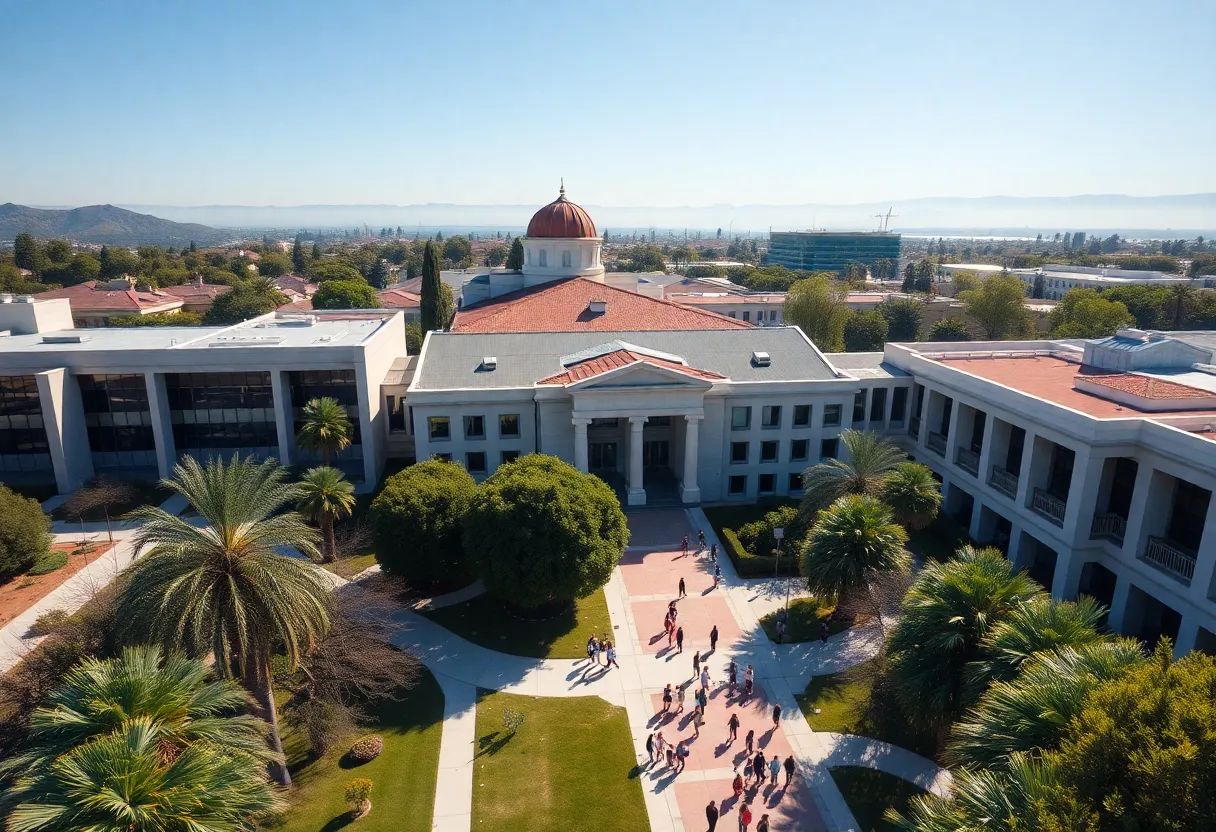UC Faces Budget Challenges, Proposes Tuition Hike for Non-Residents
In the vibrant city of Los Angeles, the University of California (UC) system is confronting a substantial budget challenge, with a projected gap of more than half a billion dollars looming next summer. This financial hurdle has prompted UC leaders to consider raising tuition for new nonresident undergraduate students by a hefty $3,402 starting next fall. This increase is significantly higher than what the current policies dictate and aims to address the financial shortfall while also making room for ongoing construction projects across its campuses.
Proposed Tuition Hike: What Does It Mean?
If greenlit, the proposed tuition hike would bring the total mandatory tuition for new nonresident students to approximately $52,536 annually, not including average campus fees of around $1,700. Currently, new nonresident undergraduates pay about $48,636 each year, plus additional campus fees. This increment is set to impact around 15% of undergraduates at UC, including transfer students. However, it’s crucial to note that this increase won’t affect current students or future graduate students.
University spokesperson Omar Rodriguez noted, “As UC prepares for an anticipated state budget cut that could impact student services across the entire system, we are proposing this increase to support core operations without raising costs for current students and California residents.” The additional funds generated from this increase are expected to enhance revenues by roughly $41 million annually, which is vital for maintaining the university’s operational effectiveness amid impending cuts.
Balancing Budgets While Investing in Infrastructure
While UC grapples with financing its educational mission, it is concurrently undertaking extensive construction projects. They plan to spend around $30 billion to repair and upgrade aging academic and medical facilities. Interestingly, despite this colossal investment, the university states that their construction needs significantly exceed available funding, totaling over $53 billion without any identified source.
The need for these upgrades hinges on the university’s growth strategy, which aims to welcome an additional 23,000 California students by 2030—all while adhering to legislative demands to provide more spaces for local students. Many regard the incoming tuition hikes for out-of-state students as a necessary measure to fund such ambitious goals.
Student Reactions and Concerns
However, student representatives are expressing their discontent. Eduardo Tapia Jr-Urbieta, an executive officer for the UC Student Association, articulated that education should not come with increasing financial barriers. He voiced, “Opportunity to higher education should not face any more barriers. Instead of increasing the salaries of UC administrators, let’s make sure college is more affordable for all.”
After recent raises for high-level UC officials, scrutinizing financial decisions has become a focal point of student outrage. Some students even point out the disparity; while nonresident students typically have higher family incomes, the increased costs seem to further widen the gap in affordability across the board.
Looking at Financial Trends
When taking into account financial aid, the average annual costs paint a revealing picture. For instance, nonresident undergraduates end up paying around $67,000 on average, while California residents with higher family incomes pay about $37,000. This significant difference in financial burden adds another layer of complexity to the tuition discussion and ongoing budget crises.
Construction Needs: A Growing Challenge
Turning back to infrastructure, UC has identified a dire need for seismic upgrades across multiple campuses, with an estimated $16 billion required in this area alone. In response, a new plan has been initiated to cut a backlog of structures needing updates by 4% annually, prioritizing those most in need of revamping.
Overall, the looming budget gap, proposed tuition hikes, and ambitious construction plans highlight the growing challenges facing the UC system. The impending decisions made by the UC regents could significantly reshape not just the financial dynamics for incoming students, but also the future of the university’s infrastructure and student experience.







